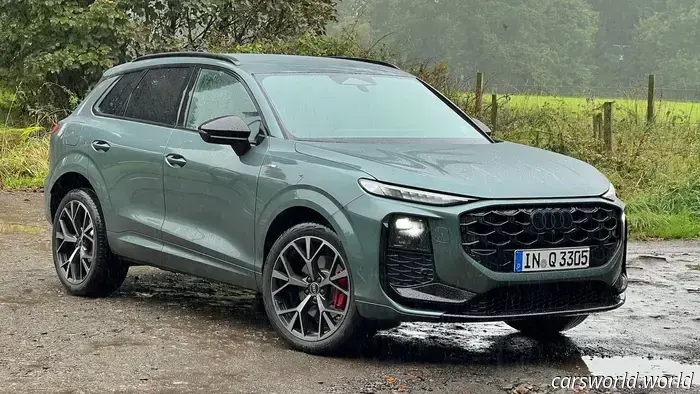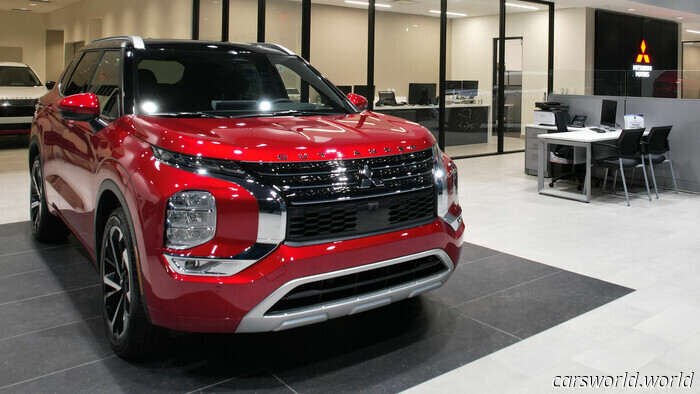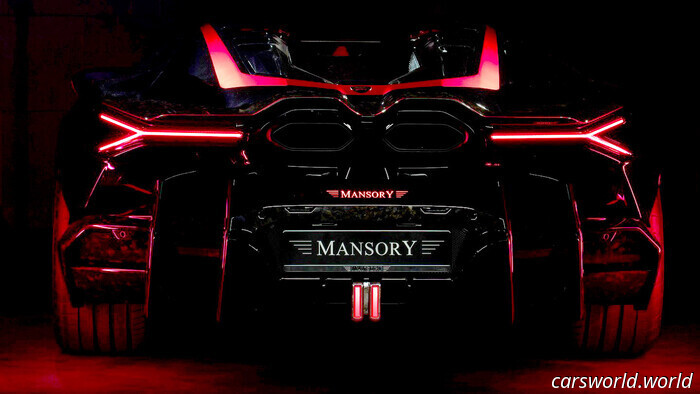
2026 Audi Q3 Initial Drive Review: Entry-Level Can Be Impressive
The latest updates and reviews on cars, straightforward and to the point.
Our complimentary daily newsletter delivers the most important stories straight to your inbox every weekday.
When considering the entry-level offering from a German luxury carmaker, it’s not often associated with stunning design, premium interiors, and a wealth of standard features. Why is that? Typically, they underdeliver because the business model prioritizes selling higher trims and additional options for increased profit. The upcoming 2026 Audi Q3 challenges this notion, boasting an attractive exterior, a stylish interior, and engaging driving dynamics.
Historically, Audi’s entry-level crossover was somewhat lackluster; compact in size, a bit boring, and without significant advantages over its rivals like Mercedes and BMW. It often played second fiddle to its flashier, pricier relatives. Now, it appears Audi has dedicated more effort to establish the Q3’s unique identity within the lineup. Although my experience was with a European variant that differs from the U.S. model, the essence of this luxury subcompact indicates a strong value proposition for buyers in the U.S. expected early next year.
**Fundamentals**
The Q3 is the smallest model in the lineup, positioned below the Q5, Q7, and Q8. While other regions have seen trendier Sportback models and more powerful SQ3 and RS Q3 variants, the U.S. has only received the standard Q3 in traditional SUV form. The previous 2.0-liter turbo inline-four engine produced 228 horsepower and 251 lb-ft of torque, paired with an eight-speed automatic transmission and Quattro all-wheel drive. Starting in 2026, the new generation Q3 arriving in the U.S. will retain the same engine but with an increase to 255 hp and 273 lb-ft of torque. Notably, it will come equipped with an updated seven-speed dual-clutch automatic transmission. In Europe, Audi offers a version of this engine along with a less powerful option and a more potent plug-in hybrid.
The changes between the Q3 and its predecessors are most apparent in the design, both inside and out, which has undergone a significant and pleasing transformation away from its predecessor’s blandness. The new Q3 appears sportier and more aggressive compared to the more conservatively styled new Q5. With features like an oversized black grille, prominent air intakes, and narrow LED daytime running lights that resemble headlights, the Q3 is clearly aimed at a younger audience.
The rear of the Q3 presents a modern aesthetic, though some might deem it overly intricate, featuring a light bar that spans the width of the vehicle, eye-catching taillights reminiscent of the e-tron RS GT, and a boldly designed rear bumper. Despite this, the design remains cohesive and avoids a cluttered appearance, enhanced by the standard illuminated badge in red, which is likely to attract younger shoppers.
The previous version of the Q3 was praised for its upscale and visually appealing interior compared to competitors, and this holds true for the new model as well. With the introduction of Audi’s new Digital Stage layout, the interior has been completely revamped, making it one of the most refined cabins in an entry-level vehicle I’ve experienced in quite some time—especially at a price point that is yet to be determined but will reportedly start in the low $40,000s.
The Digital Stage consists of two displays: an 11.9-inch gauge cluster paired with a 12.8-inch center touchscreen. While this may seem excessive, the result is quite well integrated—though displaying navigation on both screens simultaneously can feel a bit overwhelming. However, if used for different functions, it works seamlessly. Below the center screen, a minimalist strip with physical switches for features such as drive mode, traction control, and hazards exists, while a physical knob remains for volume adjustments.
Additionally, the Q3 features Audi’s innovative new single-piece stalk, replacing the traditional dual stalks on the steering column. It’s a neat addition, and I find it quite appealing.
**Driving the 2026 Audi Q3**
It’s important to note that the Q3 I drove during its global launch in Scotland differs in various aspects from the version that will be available in the U.S. next year. There are slight variations in suspension, seats, steering wheel, and even engine tuning. Plus, we won’t have access to the impressive Digital Matrix LED headlights. Nevertheless, there’s plenty to praise about the overall package.
The handling is a highlight: composed and refined, it feels remarkably solid regardless of challenging road conditions. The suspension effectively absorbs bumps, potholes, and rough surfaces with ease. I’ve been informed that the U.S. version will have a very similar setup that may offer a slightly sportier sensation. The steering response was quick, making city driving and tight U-turns in downtown Glasgow quite manageable, despite my brief navigation mishap. While I found the native navigation system’s user interface a

















Other articles
 Sales in the third quarter are anticipated to see a significant increase due to electric vehicles and the end of the tax credit.
Sales in the third quarter are anticipated to see a significant increase due to electric vehicles and the end of the tax credit.
 Formula 1 Driver Sells His Restraint to Mansory | Carscoops
A new creation from a Formula 1 star features forged carbon, red accents, and an extravagant design by Mansory.
Formula 1 Driver Sells His Restraint to Mansory | Carscoops
A new creation from a Formula 1 star features forged carbon, red accents, and an extravagant design by Mansory.
2026 Audi Q3 Initial Drive Review: Entry-Level Can Be Impressive
Choosing the entry-level version of a luxury German car brand typically involves adjusting your expectations downward. However, this is not the case with the Audi Q3.
